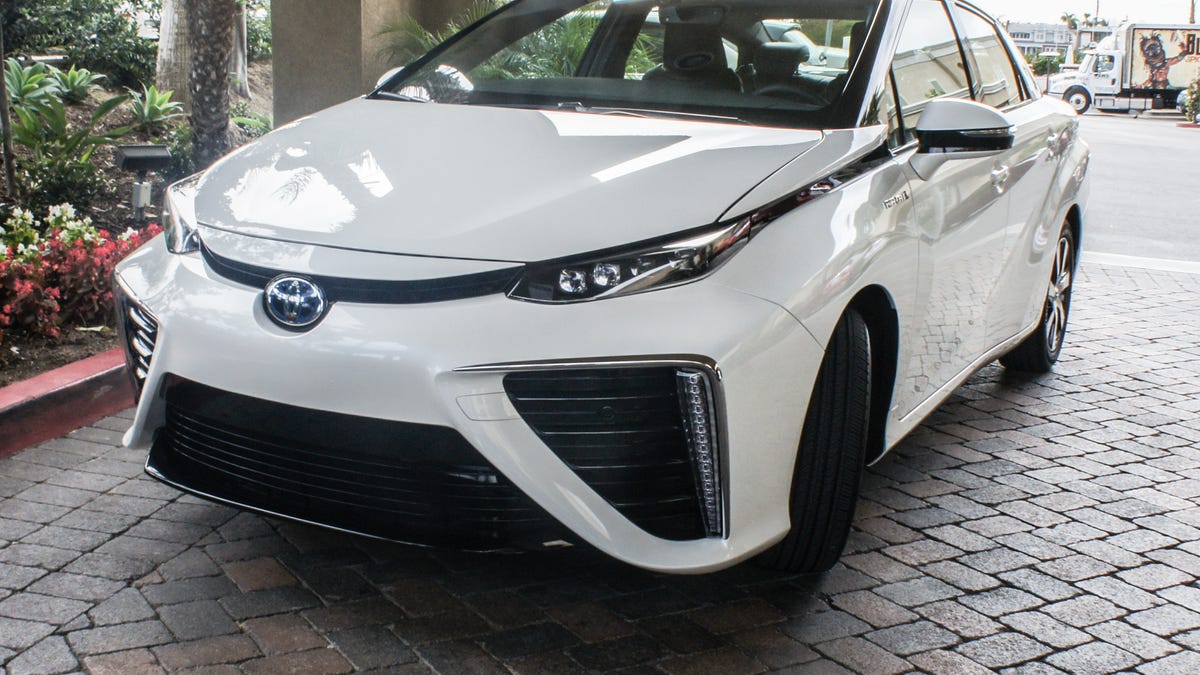Toyota and Kymeta rely on satellites to power this Mirai's data connection
They're hoping to achieve gigabit wireless speeds within the next few years.
Using satellites in lieu of traditional cell towers for data transfer can provide a number of benefits. Toyota and electronics manufacturer Kymeta have teamed up to give the automaker's hydrogen-powered Mirai one seriously fast data connection without some ridiculously large antenna hanging off the roof.
Kymeta installed a panel in the Mirai that allows it to receive data from satellites. Right now, that speed is up to 50 megabits per second, which is about on par with your average mid-tier home internet speed. In the near future, Toyota and Kymeta hope to get that speed up to 1 gigabit per second, which is roughly equal to the speed of a fancy new fiber network. All without a protruding antenna.
Satellite-based data connections have a couple benefits over a more traditional, cell-network-based setup. The bandwidth can be much larger, the coverage area is much wider and it's a more stable connection in areas affected by natural disasters or other emergencies.
Toyota is slowly working towards adding data to "a broader range of vehicles," and satellite is but one means to this end. However, with the speeds that Kymeta is hoping to achieve in the next few years, bypassing cellular networks could prove quite beneficial.


